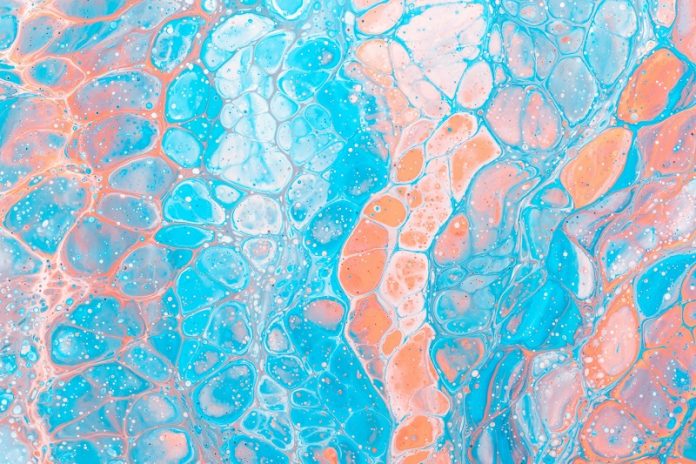
Adoptive T-cell therapy has revolutionized medicine by modifying a patient’s T-cells in a lab to fight diseases like cancer.
Now, Georgia Tech bioengineer Ankur Singh and his team have found a way to make this therapy even more effective using nanowires.
Their new method involves using nanowires to deliver therapeutic molecules called miRNA to T-cells.
This process keeps the T-cells in their naïve state, making them more powerful disease fighters when reintroduced into the patient.
“By delivering miRNA in naïve T-cells, we have basically prepared an infantry, ready to deploy,” said Singh. “When these naïve cells encounter disease, they transform into powerful warriors.”
Currently, adoptive T-cell therapy stimulates and preactivates T-cells in the lab, which causes them to lose their naïve state. Singh’s technique, described in the journal Nature Nanotechnology, solves this problem.
Naïve T-cells are valuable for immunotherapy because they haven’t been preactivated and are more adaptable.
These cells, which are like new recruits in the immune system, can be programmed to fight specific targets, such as tumors or pathogens, more effectively.
Within the body, naïve T-cells become activated when they detect danger signals from antigens. In adoptive T-cell therapy, scientists enhance the patient’s T-cells in the lab by adding medicine and chemically preactivating them. However, this process causes the T-cells to lose their naïve state and become less effective over time.
Singh and his team wanted to find a way to enhance T-cells without preactivating them. Their answer was nanowires.
Nanowires are tiny, needle-like structures made from silicon. They deliver miRNA directly into naïve T-cells without engaging the cells’ immune receptors, thus preserving their naïve state. This innovative approach was developed with help from Andrew Grimson at Cornell University.
“If we could enter the cells without damaging them, we could deliver miRNA into naïve T-cells without preactivating them,” Singh explained. Traditional methods activate T-cells, but nanowires do not, allowing the cells to retain their naïve state.
The nanowires penetrate the T-cells and deliver miRNA over several hours. These enhanced cells are then flushed out, activated, and infused back into the patient. The result is a group of T-cells that can efficiently fight diseases for an extended period.
“We believe this approach will be a real gamechanger for adoptive immunotherapies,” said Brian Rudd, a professor of immunology at Cornell University and co-author of the study with Singh.
The researchers tested their method in two infectious disease animal models and saw strong results in controlling infection. Next, they plan to test their enhanced T-cells against cancer and move towards clinical trials.
This breakthrough could significantly improve the effectiveness of adoptive T-cell therapy, providing better outcomes for patients with serious diseases.
If you care about wellness, please read studies about how ultra-processed foods and red meat influence your longevity, and why seafood may boost healthy aging.
For more information about wellness, please see recent studies that olive oil may help you live longer, and vitamin D could help lower the risk of autoimmune diseases.



